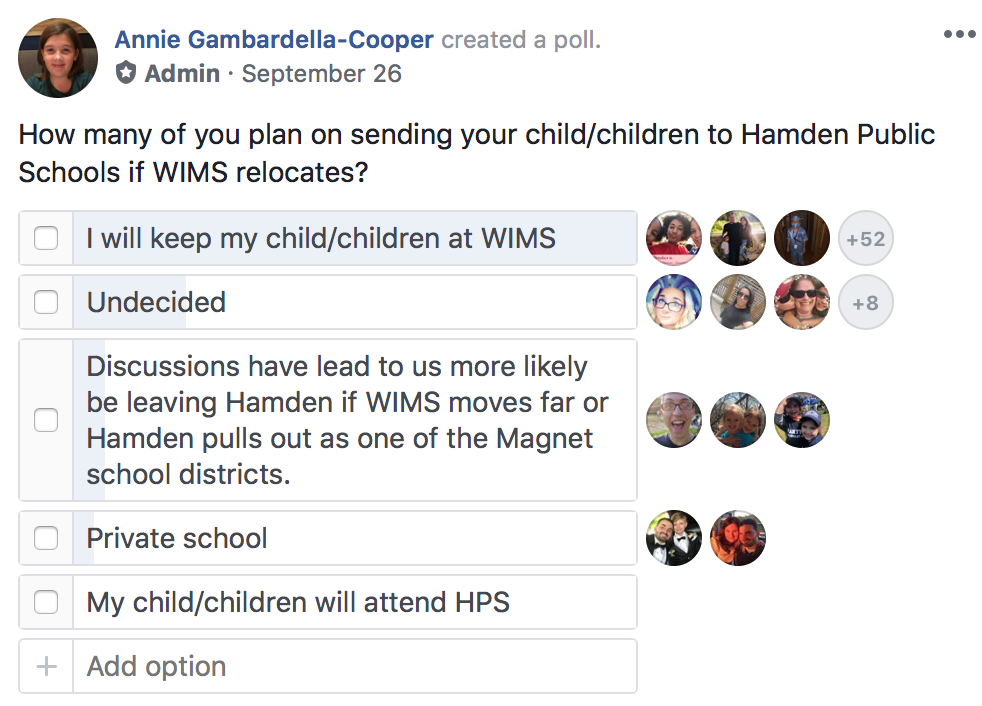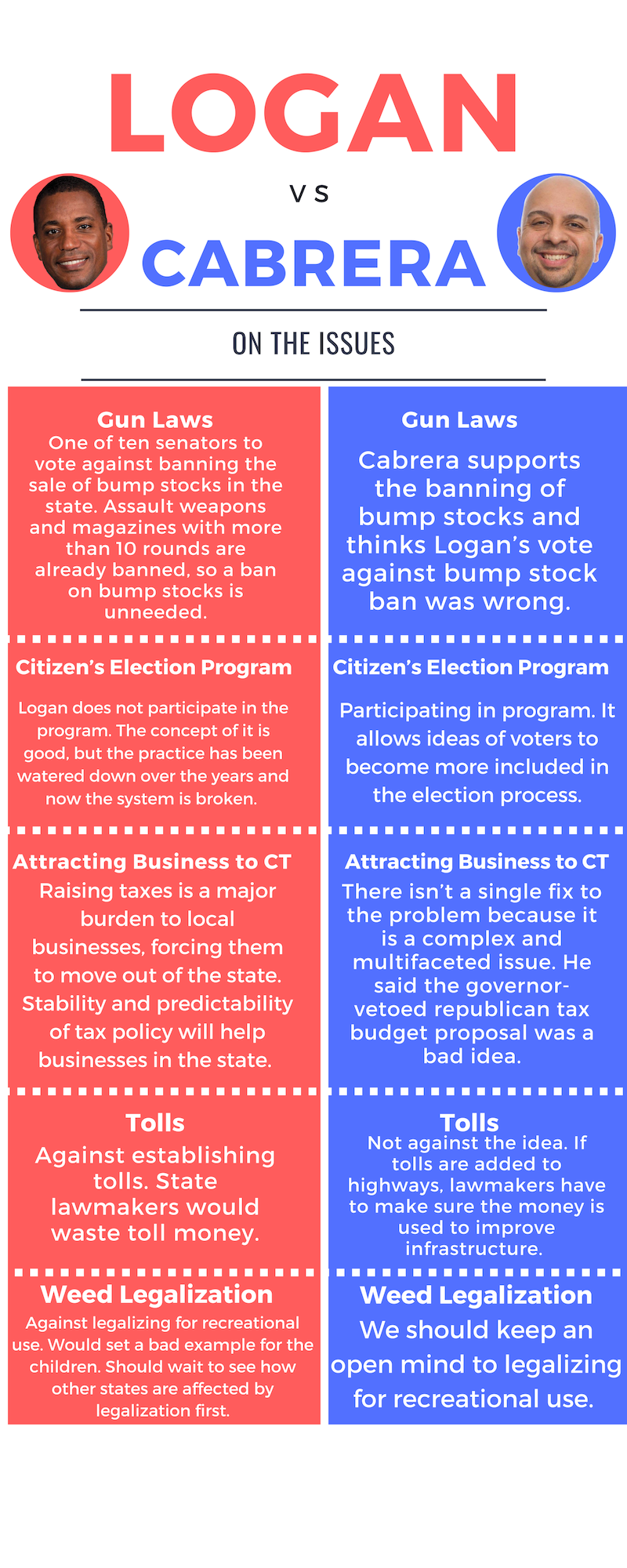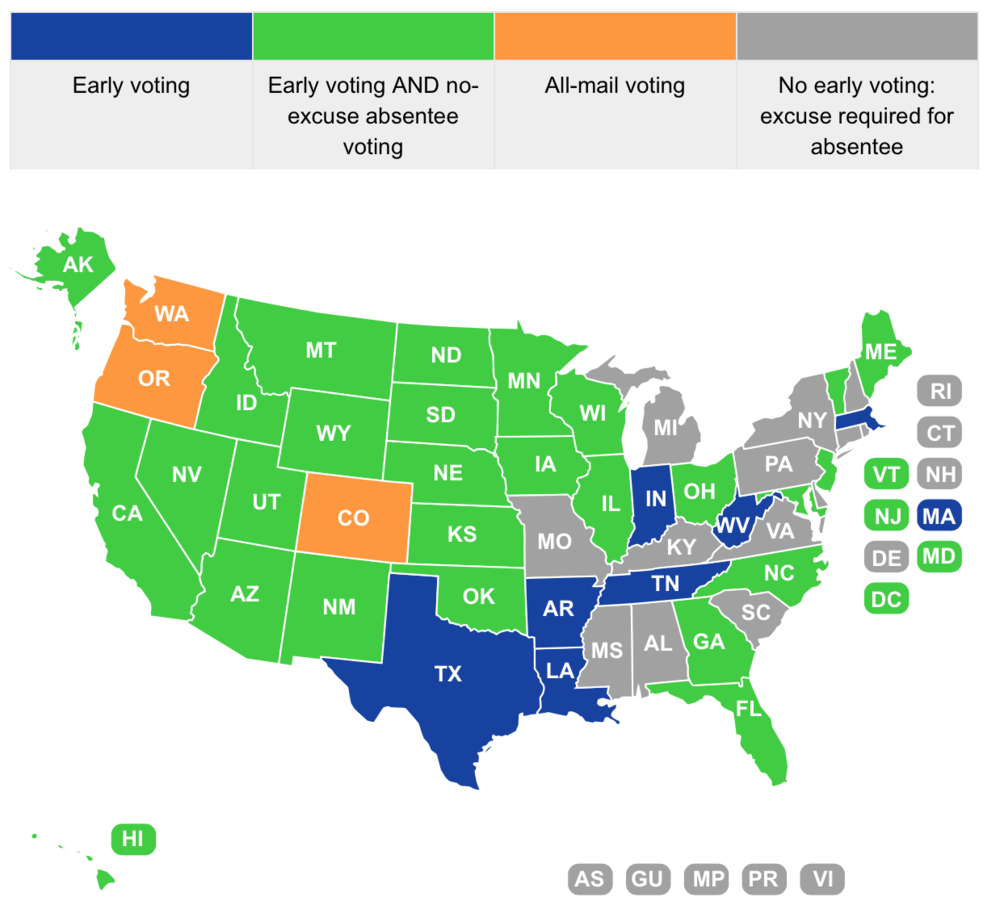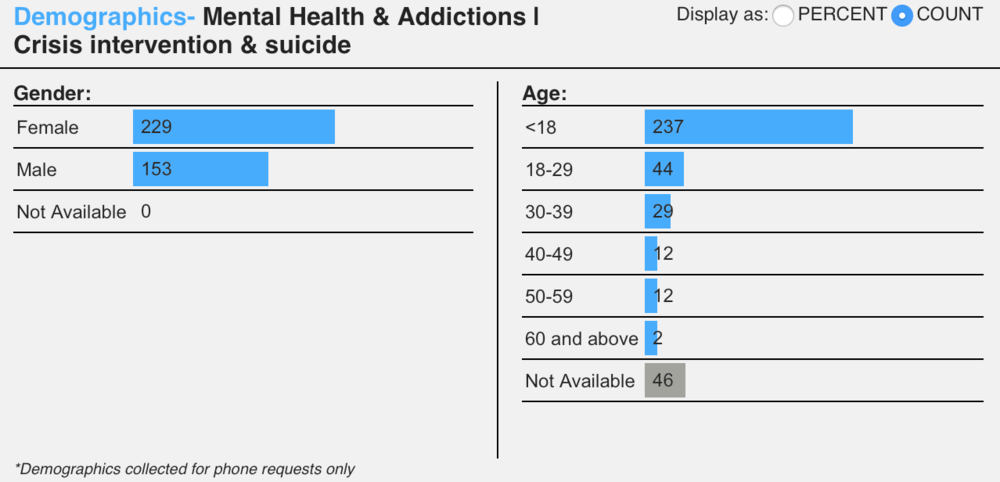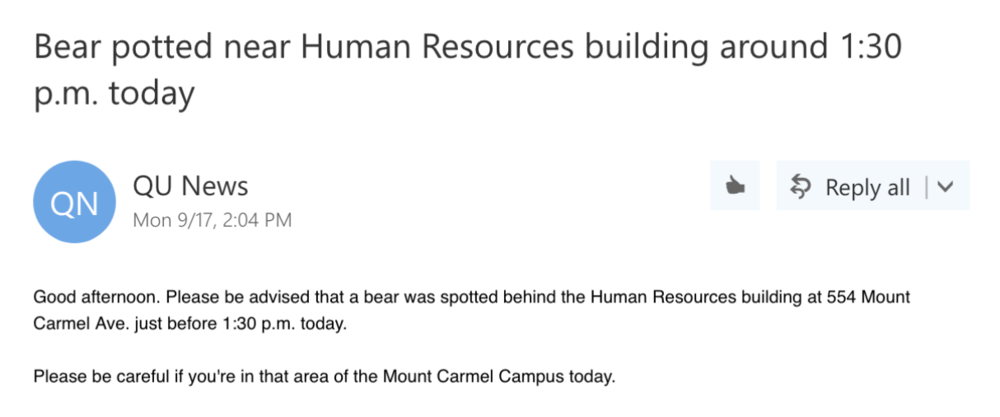By Mackenzie Campbell
When an officer dies unexpectedly after six years of active service, it’s difficult to forget the impact he or she made on those that work within their police station.
That can be said for K-9, Viking, who died on Saturday, Sept. 15.

K-9 Viking
Hamden police officers say they will remember Viking for helping them arrest violent offenders.
But for Sergeant Jason Venditto, Viking’s memory will live on differently.
The journey started when Sergeant Venditto became an officer with the Milford Police Department in 1999. After spending a year and a half in Milford he relocated and joined the Hamden Police Department.

Sergeant Jason Venditto with his partner Viking.
“I have been in Hamden for eighteen years now,” said Venditto. “In September of 2003 I became a K-9 handler.”
Before he picked Viking, Venditto worked with another K-9 for ten years on the Hamden Police Force.
“I picked Viking and I trained him myself,” said Venditto. “ It took me about seven months to get him trained and on the road.”
Through training, the relationship between the two partners grew stronger as they learned how to work together as a cohesive unit.
“It is constant maintenance training,” said Venditto. “Once you finish your initial training you have to continue the training, you have to do something every day if you want to be a good team and succeed.”
While the K-9 worked closely with Sergeant Venditto, he became part of the Venditto family.
Venditto’s son, 14, and daughter, 18, began to cultivate loving relationships with Viking after a short time.
“Both dogs lived at home with myself and my family,” said Venditto. “For fifteen years we have had a police dog living with us in our home.”
Venditto spoke of the close relationships his children shared with Viking. “My children were wonderful [with Viking] , especially my son.”
“Viking just ended up taking to him,” he said. “He is the one person I could trust with the dog besides myself.”
The week leading up to Sept. 15, Sergeant Venditto attended a K-9 training seminar in Kansas City, Missouri.
“I put Viking in a kennel while I was away, thinking that he would be safer there,” said Venditto.
Sergeant Venditto left on a Monday and got home late on Friday, Sept. 14., later than he expected and unable to pick up Viking from the kennel.
Early Saturday morning Venditto unexpectedly woke up to a phone call.
“I got a call from Cheshire emergency vet on Saturday morning saying that the kennel brought Viking down because he didn’t look right,” Venditto said.

Overnight, Viking had developed stomach bloat – when a dog’s stomach twists and then fills with gas. If the condition goes unnoticed it is life threatening and requires surgery.
“I was told they were doing emergency surgery on him and I rushed down to the vet,” said Venditto.
After moving Viking into surgery, the veterinarian informed Venditto that there was too much organ failure and there wasn’t much that they could do to help Viking.
“I never even got to say goodbye to him,” said Venditto. “I had to tell them to euthanize him while he was in surgery.”
Weeks after the loss of his beloved partner, Sergeant Venditto is still grieving and finding ways to work through his loss with his children.
“They both took it tough, “ said Venditto. “My son was very upset because he loved Viking.”
“I think my daughter was more upset because she knew how much I loved Viking and she didn’t want to see me upset.”
Sergeant Venditto and his family were not prepared to say goodbye to Viking but his memory will not fade away.
“I am doing better,” said Venditto. “I appreciate all of the support and condolences we are receiving after the loss of Viking.”

